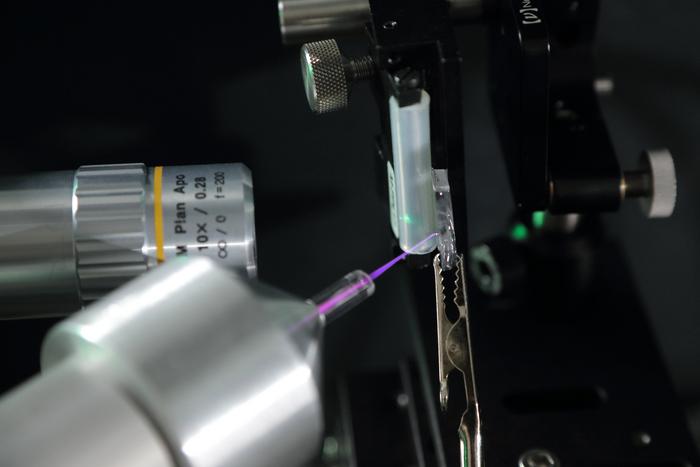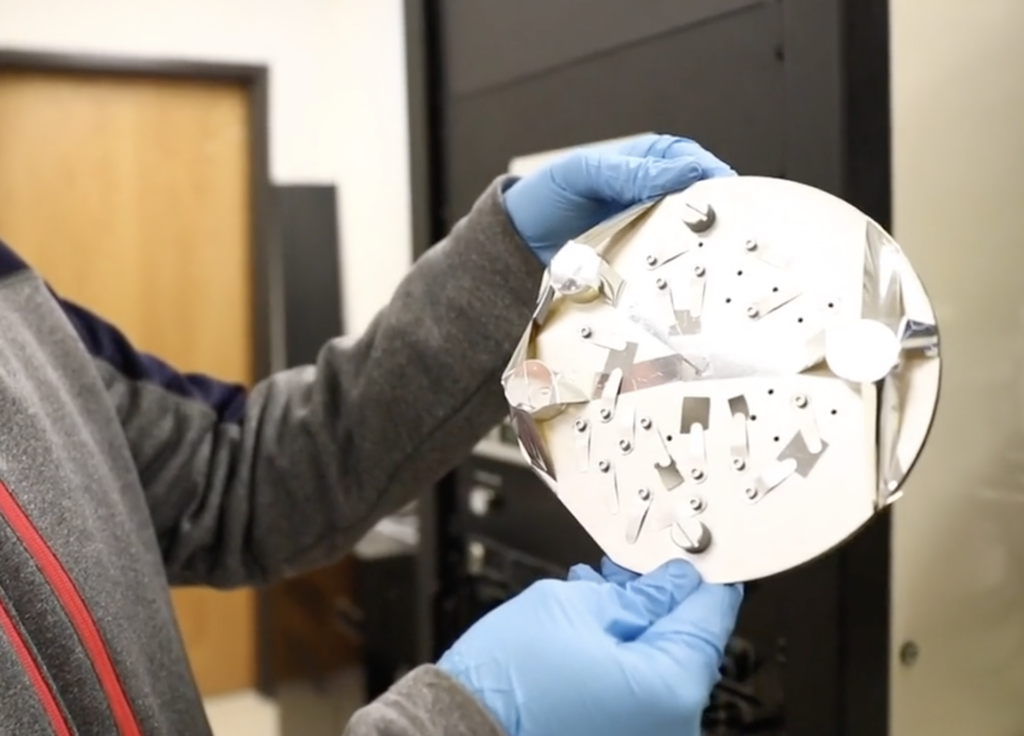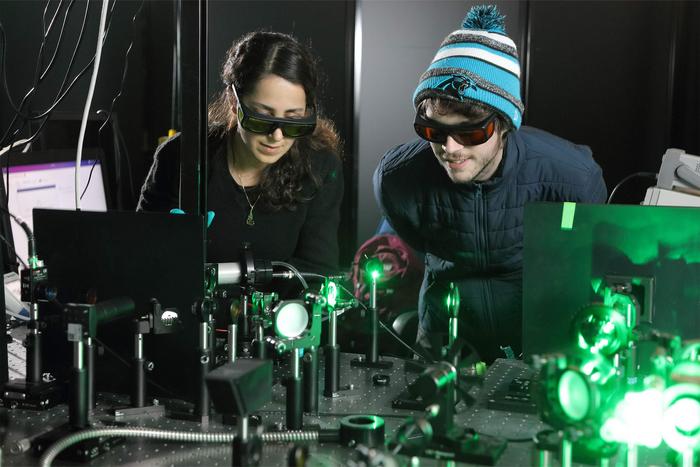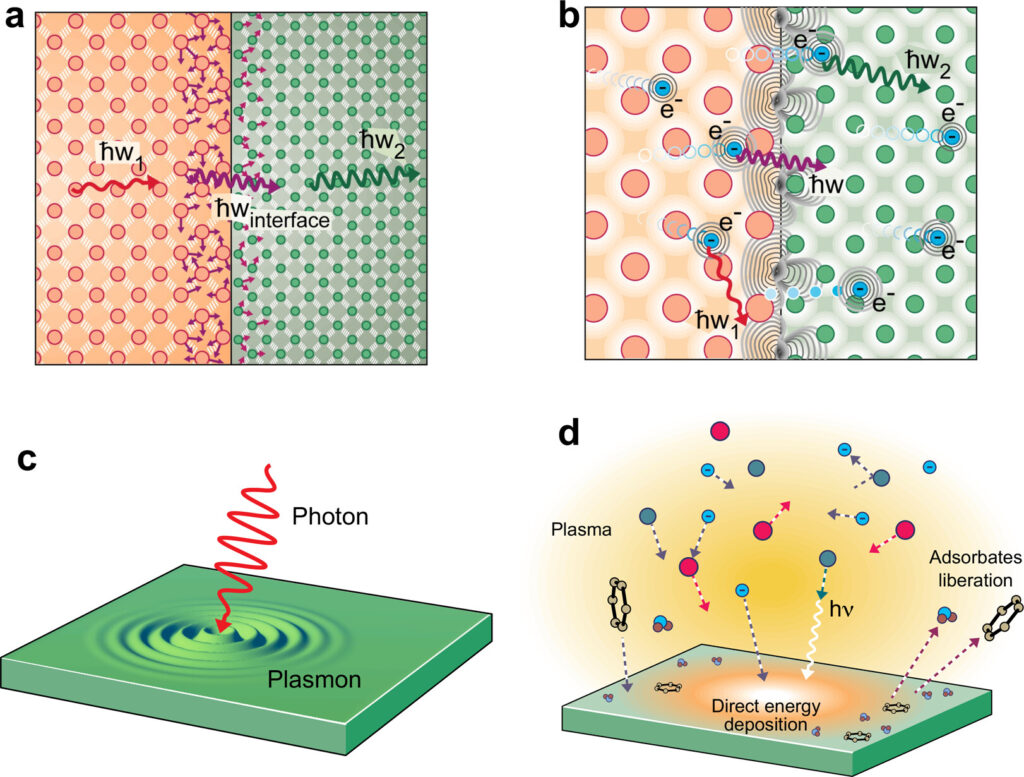University Lab Receives USAF Funding to Study Surface Cooling of Avionics


The ExSiTE Lab at the University of Virginia has received, over three years, U.S. Air Force grants totaling $750,000 to study cooling technology for avionics in high-altitude jets and spacecraft. (Photo: Tom Daly Photography)
The U.S. Air Force has awarded a total of $750,000 in grants to mechanical and aerospace engineering professor Patrick Hopkins’ ExSiTE Lab (Experiments and Simulations in Thermal Engineering) over the course of three years. Dr. Hopkins is a professor at the University of Virginia who is developing a solution for “on-demand surface cooling” of advanced electronics in high-altitude jets and spacecraft.
For aircraft that operate closer to Earth, the air’s density is generally high enough to keep avionics and other components cool. Hopkins explained that the Air Force and Space Force operate vehicles in the upper atmosphere or in space, and avionics will heat up because there isn’t enough air for adequate cooling. “You can’t bring a payload of coolant onboard because that’s going to increase the weight, and you lose efficiency,” he added.

(Photo: Tom Daly Photography)
The standard method for handling overheated air and space electronics is conduction—using a “cold plate” to conduct the heat towards radiators and away from the electronics, but this might not be adequate for today’s advanced electronics.
Hopkins and Scott Walton of the U.S. Navy Research Laboratory conducted an experiment a few years ago to explore the use of plasma to cool electronics quickly. Plasma has unique properties, including the fact that it chills before heating when it strikes a surface. The experiment involved firing a jet of plasma, generated from helium, at a gold-plated surface. “We could measure temperature immediately where the plasma hit, then we could see how the surface changed,” Hopkins said. “We saw the surface cool first, then it would heat up.”

The plasma jet pictured above is made from helium, resulting in a purple glow. (Photo: Tom Cogill)
They were able to precisely measure the temperature change because of the microscopic instruments that Hopkins had custom-made. The experiment showed temperature reductions of several degrees as a result of blasting an ultrathin surface layer, made up of carbon and water molecules, on the gold-plated surface. “A similar process happens when cool water evaporates off of our skin after a swim,” according to the news release from the University of Virginia’s School of Engineering and Applied Science.
Now, Hopkins and collaborators are considering different versions of the design that could make it more effective for surface cooling. Sara Makarem Hoseini and Daniel Hirt, doctoral candidates involved in the ExSiTE Lab, plan to evaluate the effectiveness of gases other than helium, as well as different metals and surface coatings for the plasma jet to target.

Pictured above, doctoral candidates Sara Makarem Hoseini and Daniel Hirt observe the setup of the plasma ray. (Photo: Tom Cogill)
Hopkins, along with collaborators, published a review article titled, “Ultrafast and Nanoscale Energy Transduction Mechanisms and Coupled Thermal Transport across Interfaces” in the journal ACS Nano.
—————
Boost Internet Speed–
Free Business Hosting–
Free Email Account–
Dropcatch–
Free Secure Email–
Secure Email–
Cheap VOIP Calls–
Free Hosting–
Boost Inflight Wifi–
Premium Domains–
Free Domains





